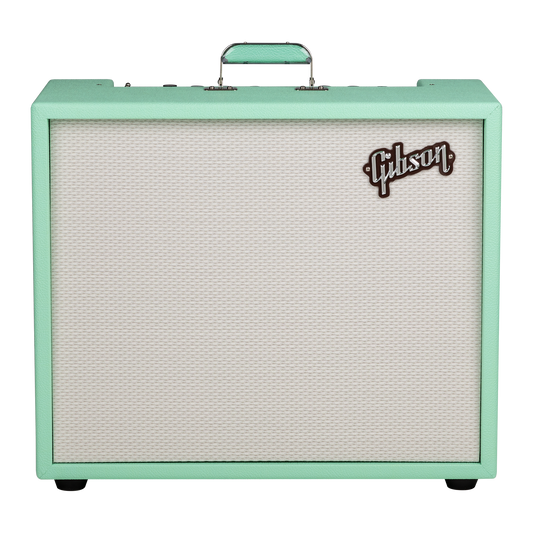Focusing on great sound, simplicity, and ease of use
The compact Falcon 5, Falcon 20, and Dual Falcon 20 combos harken back to the Gibson amplifiers from the late 1950s and early 1960s that inspired them, but beneath their vintage-style Cream Bronco vinyl and Oxblood grille cloths are all-new circuits developed by Randall Smith and the MESA/Boogie® Design Team.




















